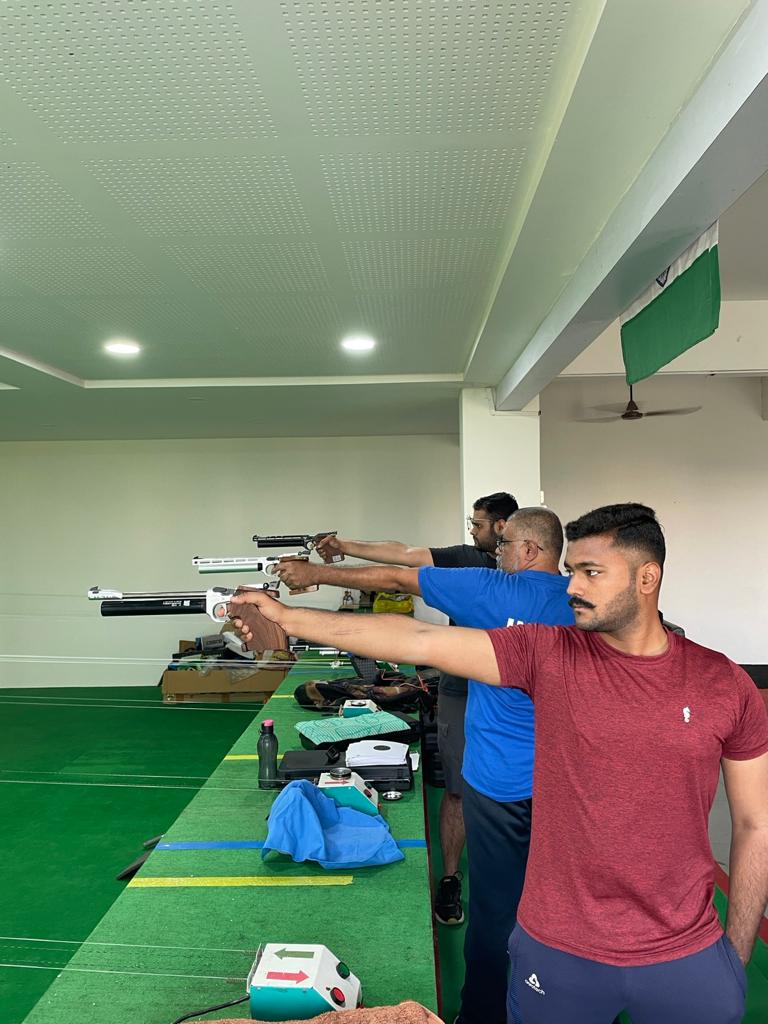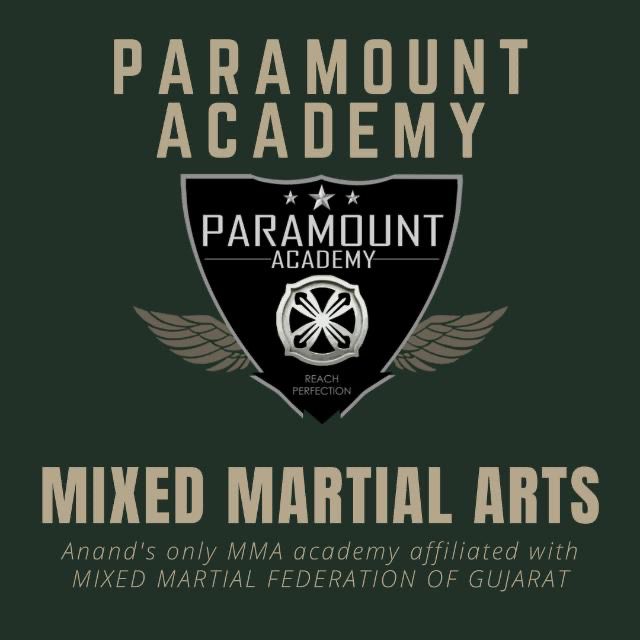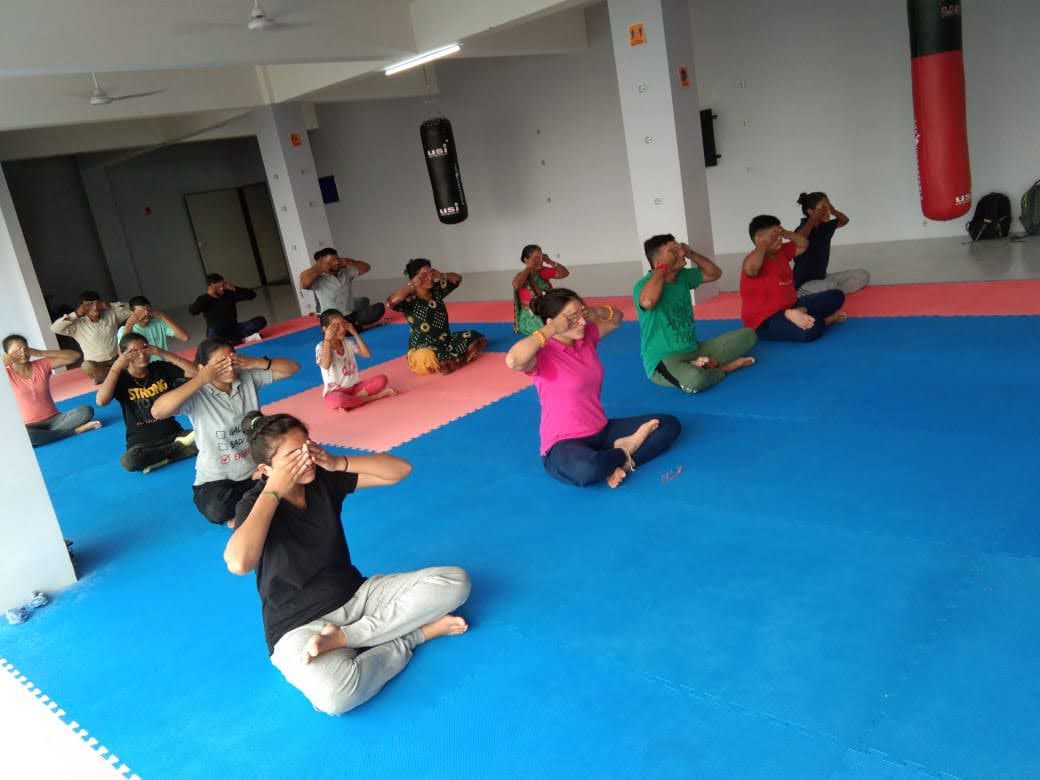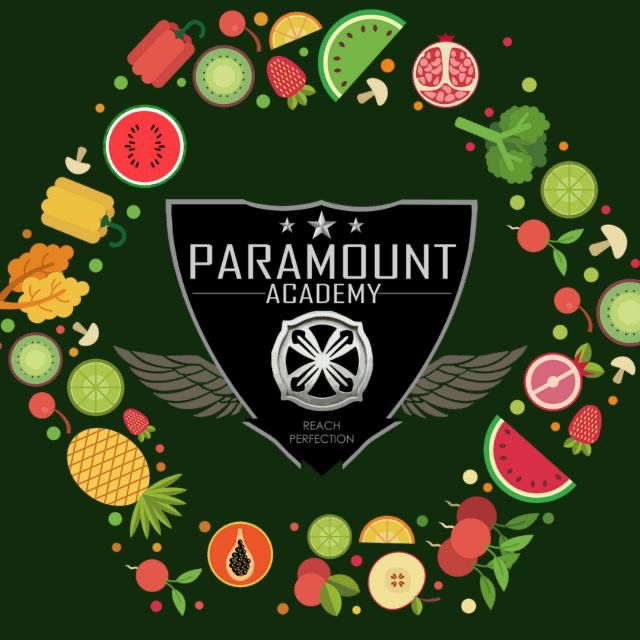
An air gun or airgun, is a gun that fires projectiles pneumatically with compressed air or other gases that are mechanically pressurized without involving any chemical reactions, in contrast to a firearm, which pressurizes gases chemically via oxidation of combustible propellants that generates propulsive energy by breaking molecular bonds.
Air guns come in both long gun (air rifle) and handgun (air pistol) forms. Both types typically propel metallic projectiles that are either diabolo-shaped pellets or spherical shots called BBs, although in recent years Minié ball-shaped cylindro-conoidal projectiles called slugs are gaining more popularity. Certain types of air guns (usually air rifles) may also launch fin-stabilized projectile such as darts (e.g. tranquilizer guns) or hollow-shaft arrows (so-called "airbows").

Boxing is a combat sport in which two people, usually wearing protective gloves and other protective equipment such as hand wraps and mouthguards, throw punches at each other for a predetermined amount of time in a boxing ring.
Amateur boxing is both an Olympic and Commonwealth Games sport and is a standard fixture in most international games—it also has its own World Championships. Boxing is overseen by a referee over a series of one-to-three-minute intervals called rounds.
A winner can be resolved before the completion of the rounds when a referee deems an opponent incapable of continuing, disqualification of an opponent, or resignation of an opponent. When the fight reaches the end of its final round with both opponents still standing, the judges' scorecards determine the victor. In case both fighters gain equal scores from the judges, then professional bouts are considered a draw. In Olympic boxing, because a winner must be declared, judges award the contest to one fighter on technical criteria.

Mixed martial arts (MMA), sometimes referred to as cage fighting,[1] no holds barred (NHB),[2] and ultimate fighting,[3] is a full-contact combat sport based on striking, grappling and ground fighting, incorporating techniques from various combat sports including boxing, kickboxing and martial arts from around the world.[4] The first documented use of the term mixed martial arts was in a review of UFC 1 by television critic Howard Rosenberg in 1993.[5] The question of who actually coined the term is subject to debate.
During the early 20th century, various interstylistic contests took place throughout Japan and in the countries of the Four Asian Tigers. In Brazil, there was the sport of Vale Tudo, in which fighters from various styles fought with little to no rules. The Gracie family was known to promote Vale Tudo matches as a way to promote their own Brazilian jiu-jitsu style.[7] In the West, the concept of combining elements of multiple martial arts was popularized by Bruce Lee's Jeet Kune Do during the late 1960s to early 1970s. A precursor to modern MMA was the 1976 Muhammad Ali vs. Antonio Inoki exhibition bout (which ended in a draw after 15 rounds), fought between boxer Muhammad Ali and wrestler Antonio Inoki in Japan, where it later inspired the foundation of Pancrase in 1993 and Pride Fighting Championships in 1997.

Yoga Sanskrit: योग, lit. 'yoke' or 'union' pronounced [joːɡɐ]) is a group of physical, mental, and spiritual practices or disciplines which originated in ancient India and aim to control (yoke) and still the mind, recognizing a detached witness-consciousness untouched by the mind (Citta) and mundane suffering (Duḥkha). There is a wide variety of schools of yoga, practices, and goals[2] in Hinduism, Buddhism, and Jainism,[3][4][5] and traditional and modern yoga is practiced worldwide.
Two general theories exist on the origins of yoga. The linear model holds that yoga has Aryan origins, as reflected in the Vedic textual corpus, and influenced Buddhism; according to author Edward Fitzpatrick Crangle, this model is mainly supported by Hindu scholars. According to the synthesis model, yoga is a synthesis of indigenous, non-Aryan practices and Aryan elements; this model is favoured in Western scholarship.

Sports nutrition is the study and practice of nutrition and diet with regards to improving anyone's athletic performance. Nutrition is an important part of many sports training regimens, being popular in strength sports (such as weightlifting and bodybuilding) and endurance sports (e.g. cycling, running, swimming, rowing). Sports nutrition focuses its studies on the type, as well as the quantity of fluids and food taken by an athlete. In addition, it deals with the consumption of nutrients such as vitamins, minerals, supplements and organic substances that include carbohydrates, proteins and fats.
Differing conditions and objectives suggest the need for athletes to ensure that their sports nutritional approach is appropriate for their situation. Factors that may affect an athlete's nutritional needs include type of activity (aerobic vs. anaerobic), gender, weight, height, body mass index, workout or activity stage (pre-workout, intro-workout, recovery), and time of day (e.g. some nutrients are utilized by the body more effectively during sleep than while awake). Most culprits that get in the way of performance are fatigue, injury and soreness. A proper diet will reduce these disturbances in performance. The key to a proper diet is to get a variety of food, and to consume all the macro-nutrients,